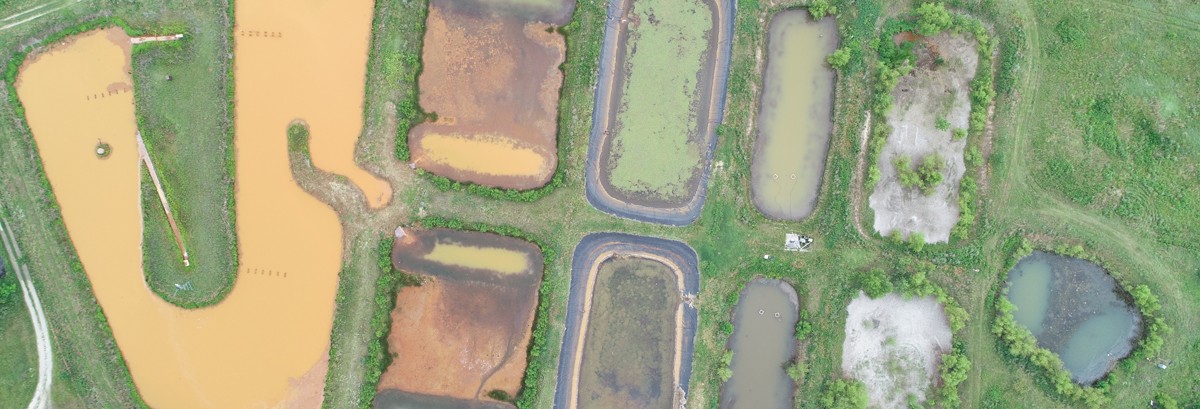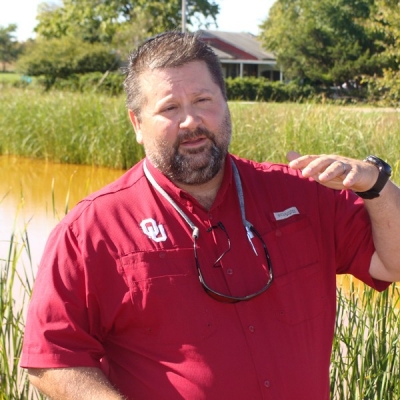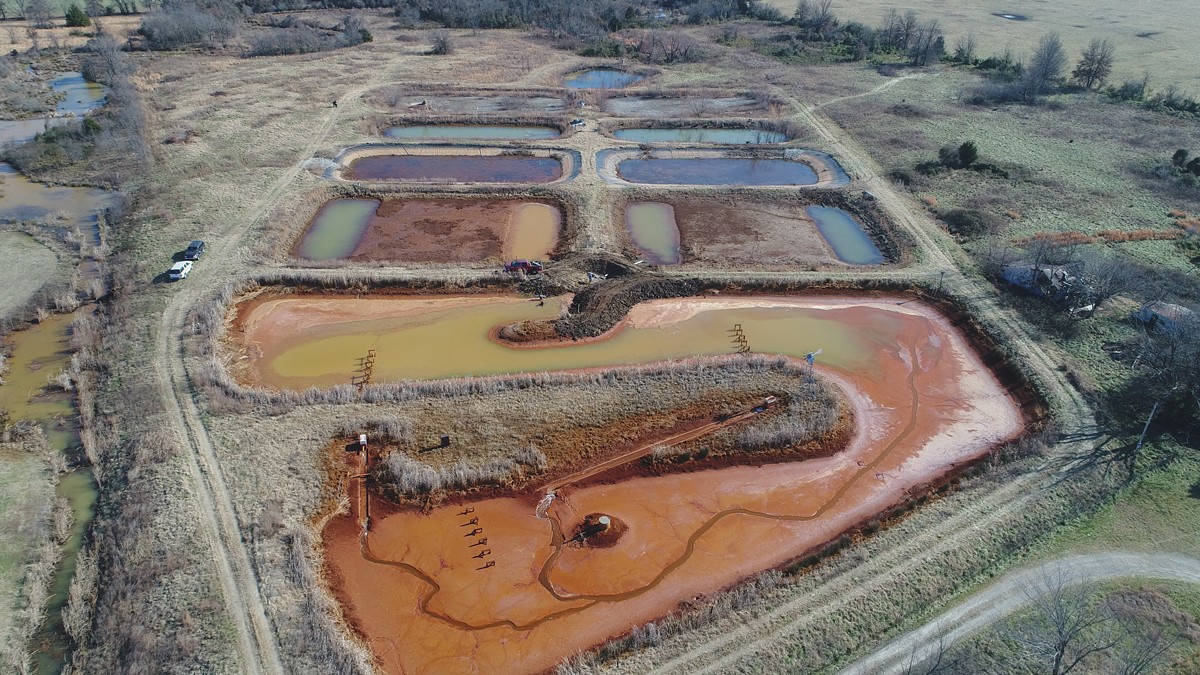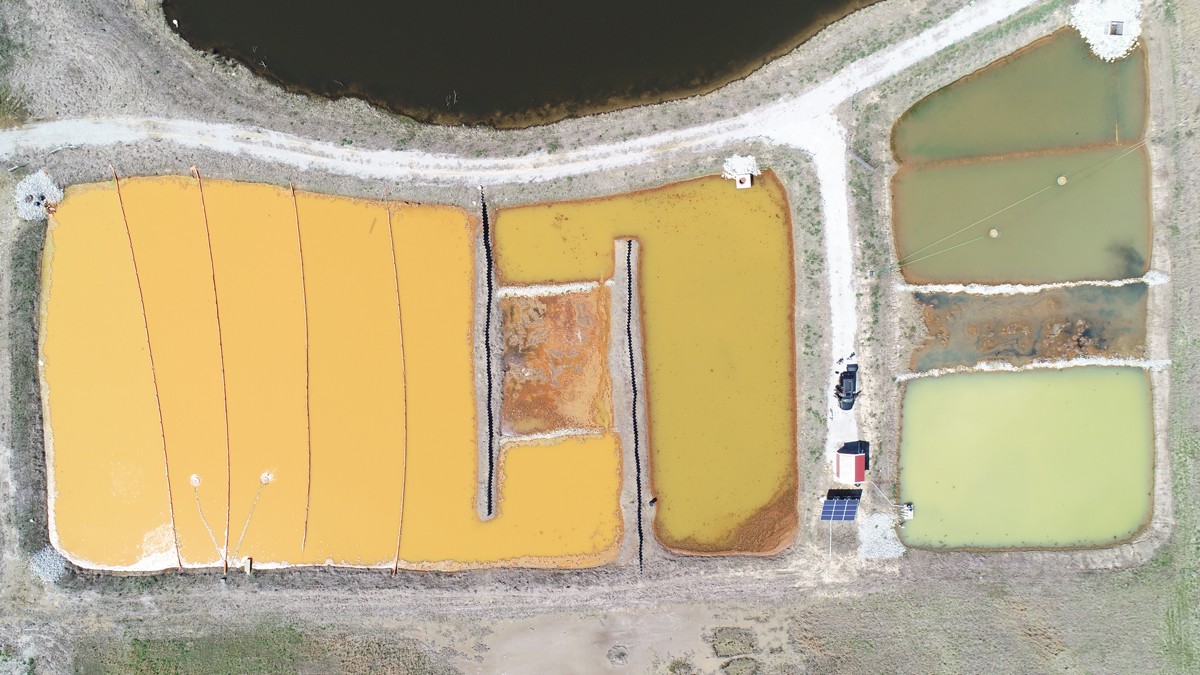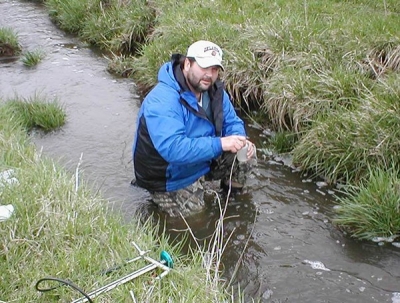For over four decades, Tar Creek in northeastern Oklahoma has been off-limits for fishing, water sports and other outdoor recreational activities.
The well-publicized Tar Creek Superfund Site in the Tri-State Mining District, an area that also includes portions of southeastern Kansas and southwestern Missouri, originally produced lead and zinc to make bullets during both World Wars. Toxic mining waste, containing lead, zinc and cadmium – known locally as “chat” – was left on the surface of the site when mining operations ceased in the 1970s. Cleanup of the over 30 million tons of chat continues to this day. In addition, the flooded underground mines leak contaminated water to local streams.
The site, once the world’s largest lead and zinc mine, has turned Tar Creek orange, killed the aquatic life and continues to threaten human health with heavy metals, specifically iron, zinc, lead, cadmium, arsenic and manganese. Some 1 million gallons of contaminated water per day are discharged into Tar Creek, a tributary of the Neosho River, which joins the Spring River to form the Grand River. Tar Creek and the Grand River feed a major drinking water source for thousands of Oklahomans.
Despite the scale and severity of the problem, it is not an unsurmountable one, given enough effort, resources and some ingenuity, says Robert W. Nairn, director of the Center for Restoration of Ecosystems and Watersheds at the University of Oklahoma, whose work to help clean up the site over a period spanning over 20 years was recently featured in the nonprofit organization American Rivers’ 2021 listing of the United States’ most endangered rivers.
Tar Creek is No. 6 on the most current list of endangered rivers released by the 300,000-plus-member nonprofit. In the report, American Rivers and its partners call on the U.S. Environmental Protection Agency, Federal Energy Regulatory Commission and the state of Oklahoma to develop a cleanup plan that protects Tar Creek and the health of local Indigenous communities and other residents. Indigenous people from nine tribes make up more than 20% of the local population in the county, with many individuals having ancestry in multiple tribes.
“Professor Nairn and his students have been great partners over the life of this project,” said Scott Thompson, Oklahoma Department of Environmental Quality executive director. “They have demonstrated that substantially improving water quality is possible, even at a very large mining site.”
The photo selected for the most endangered rivers report on Tar Creek depicts two of Nairn’s students – Brandon Holzbauer-Schweitzer and M’Kenzie Dorman – sampling the oxidation pond at the Southeast Commerce (Oklahoma) passive treatment system from a “home-made” catamaran, constructed by tying two canoes together using 2x4s and clamps. Holzbauer-Schweitzer, who earned his master of science degree in environmental science from OU, defended his Ph.D. this month. Dorman holds both bachelor’s and master of science degrees in environmental engineering from OU and is a current Ph.D. student.

